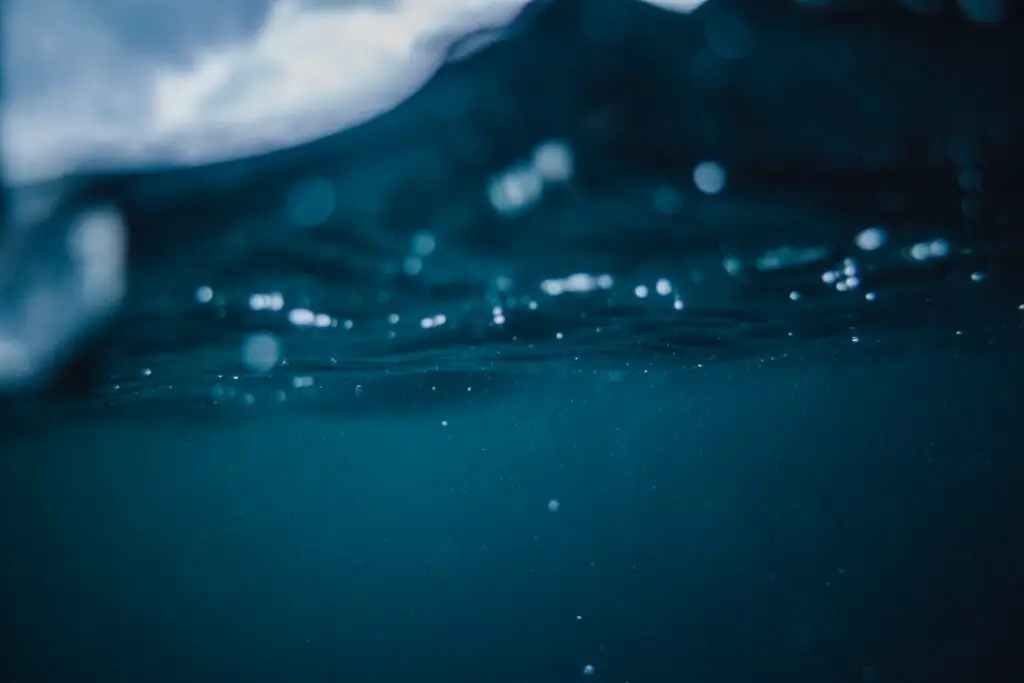A proper filtration system plays a crucial role in keeping the water clean, clear, and free from harmful pollutants. However, with numerous options available on the market, selecting the ideal filter for your specific pond can be a daunting task.
Here, I will walk you through the step-by-step process of choosing a filter that suits your pond’s needs. We will discuss important factors such as measuring your pond’s size and depth, considering fish and plant load, calculating the appropriate filter size and capacity, and evaluating maintenance requirements and costs.
Measuring your pond and assessing the needs:
- Measure Your Pond’s Size and Depth: To determine the appropriate filtration system for your pond, start by measuring its length, width, and average depth. It may be tricky if you have varying depth, but try to just generously estimate it.
Multiply these measurements together to calculate the total volume of your pond. This information is crucial for selecting a filter that can effectively handle the pond’s capacity.
volume = length x width x depth
So if your pond is 2 m long, 1.5 m wide and about 0.8 m deep, we get:
Volume = 2 m x 1 m x 0.8 m
Volume = 1.6 m3 (qubic meters)
Multiply it by 1000 to get liters: 1.6 m3 x 1000 = 1600 l
If your pond is rather round, and resembles a half sphere, you may use a formula for a hemisphere:
volume = (2 x π x r3 )/3
As a reminder, π = 3.14 🙂
Let’s say, our lake has a radius of 1 meter (diameter of 2 m), so r = 1 m
Volume = (2 x 3.14 x 13 )/3
volume = 2.09 m3 (qubic meters)
Multiply it by 1000 to get liters: 2.09 m3 x 1000 = 2090 l
You can also use this cool calculator.
Consider Fish and Plant Load: Evaluate the number and size of fish in your pond, as well as the amount of aquatic plants. Both fish and plants contribute to the nutrient load in the water, which affects the filtration requirements. A higher fish and plant load needs a more robust filtration system to maintain optimal water quality. With more fish and plants you would like to have a rather bigger filter with good mechanical filtration capabilities.
Calculating the Appropriate Filter Size and Capacity:
Determine Turnover Rate
The turnover rate is the time it takes for the entire pond volume to pass through the filter. For optimal filtration, aim for a turnover rate of once every 1-3 hours.
Generally, a filter turnover rate of 1 time per hour is appropriate for ponds with a low fish population, minimal organic load (e.g. 2-3 small fish or 1 big in 1000 l, up to 20% plant coverage), and relatively clear water. This rate is suitable for ponds that primarily serve aesthetic purposes, such as decorative ponds or small water features.
A filter turnover rate of 2 times per hour is recommended for ponds with a moderate fish population and an average organic load (e.g. 3-5 small fish or 2-3 big in 1000 l, up to 60% plant coverage). This rate provides sufficient filtration for maintaining water quality, controlling ammonia and nitrite levels, and promoting a healthy aquatic environment. It is suitable for most backyard ponds with a balanced mix of fish and plants.
A turnover rate of 3 times per hour is necessary for ponds with a high fish population, heavy organic load, or special requirements, such as koi ponds or commercial aquaculture systems. These ponds typically experience higher levels of waste production and require more frequent filtration to maintain water quality. A higher turnover rate helps prevent the accumulation of harmful substances and ensures optimal conditions for the fish.
The number of fish and plant coverage are just to give you an overview of what is meant with minimal, moderate and high populations and loads. This has to be considered individually for each pond, as e.g shallower ponds may require different care than deeper. Also temperature fluctuations, quality of water in your area etc. can influence it greatly.
Calculate the desired turnover rate by dividing the total pond volume by the number of hours you want it to complete a full cycle.
Let’s take one of our ponds from before – you have a pond that holds 1600 liters and you want to have a turnover rate of once every 2 hours, the flow rate that you need would be 8000 liters per hour.
Choose a Pond Filter with Appropriate Flow Rate and Capacity
Select a filter that can handle the calculated flow rate and has the capacity to accommodate the volume of your pond. Refer to the specifications provided by the filter manufacturer to ensure it is suitable for your pond’s size and turnover requirements.
Evaluating Maintenance Requirements and Costs:
- Research Maintenance Needs: Before making a final decision, have a look at the maintenance requirements of the filtration system you are considering. Assess the frequency of cleaning, media replacement (especially their price and availability!), and other maintenance tasks. Determine if you have the time and resources to meet these requirements consistently.
- Consider Long-Term Costs: Evaluate both the initial cost and the long-term expenses associated with the filtration system. This includes maintenance costs, replacement parts, and energy consumption. Compare different options to find a balance between affordability and effectiveness.
If you are looking for a pond filter, or considering if you even need one, have a look at this article.


